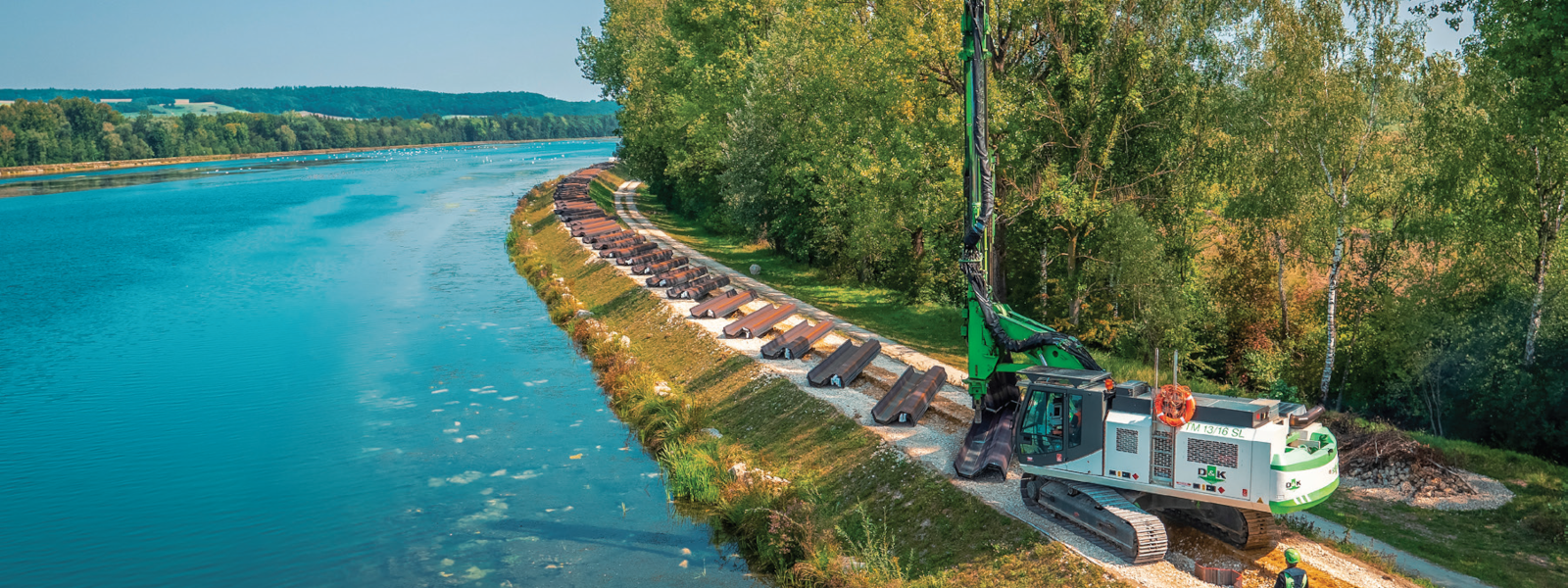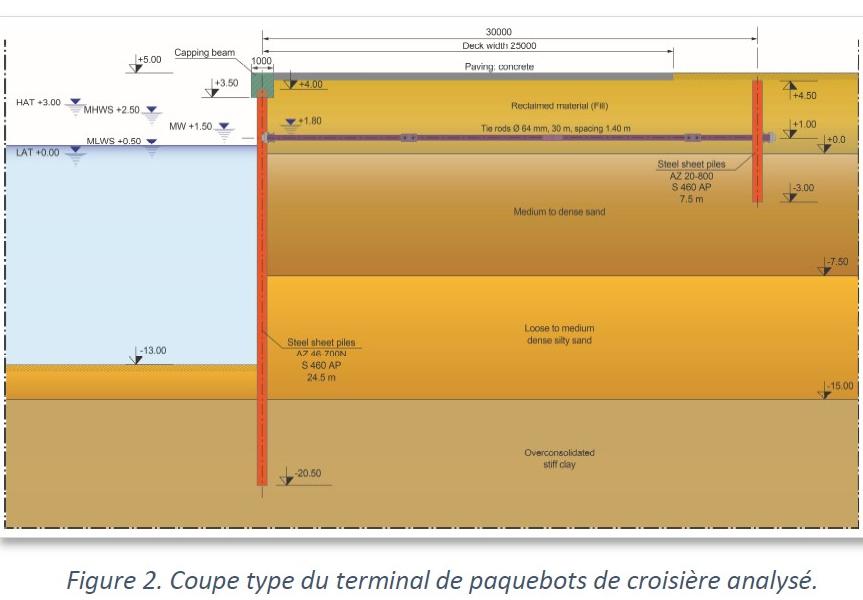The Environmental Impact of Steel Sheet Pile Structures
Case Study by João MARTINS (ArcelorMittal Commercial RPS Sàrl - Luxembourg)
Steel is one of the most commonly used materials in construction, and it significantly contributes to greenhouse gas emissions. However, when different solutions are compared in more detail, it becomes clear that steel is actually a relatively eco-friendly material, as some steel elements can be reused multiple times before being recycled at nearly 100%.
Furthermore, the European goal of net zero by 2050 is a strong incentive for producers to invest in clean technologies. This comes at a cost and will take time. Steelmakers are already developing very ambitious plans, but the goal can only be achieved with the support of public authorities, who must promote the most eco-friendly solutions, not necessarily the cheapest ones. Some European countries are already applying environmental criteria in many public tenders.
Please note that this document is available only in French.
Download
 French
French







